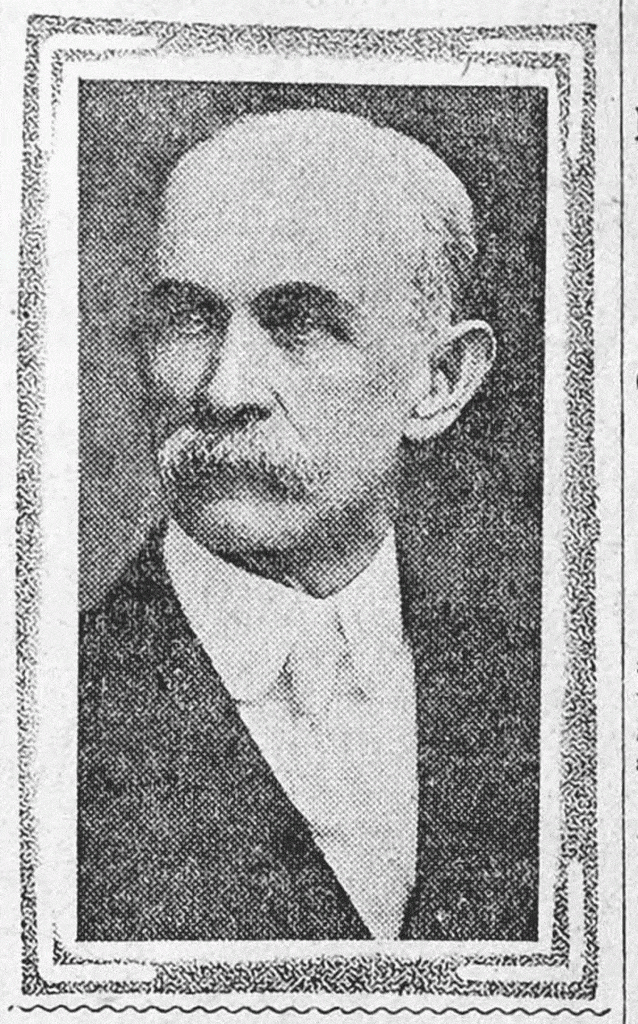Unsettling stories of mysterious disappearances like those of Amelia Earhart or the lost colony of Roanoke have ignited fear and bewilderment, even a few conspiracy theories in the public mind. Local cases spark morbid curiosity as well, such as in 1919, when a former Parkite vanished, never to be found (…alive) again.
On the afternoon of July 12, 1919, Richard Cordell left the home of Mr. and Mrs. Charles Porter in Salt Lake City without any indication of where he was going or when he’d return. Cordell, 75, had been employed at National Bank of the Republic for 15 years. He’d recently lost his job after being notified that a younger man would soon take over his duties. Additionally, Cordell’s wife was an invalid and had been living in California for several years due to ill health.
The last known person to see Cordell was Mrs. Porter. She encountered him heading out with a suitcase and bundle. She inquired, “Are you going to take a trip out of the city?” He replied, “Just a little way.” She asked if he would return that night; he responded, “No.”

Credit: Salt Lake Tribune, July 19, 1919
What prompts a man to pack little and leave without notice, vanishing into thin air? Did Cordell resent being relieved of his duties at the bank? Was his wife’s ill health too much to handle? Did he just want to escape?
The investigation encountered dead end after dead end. First, detectives thought Cordell had gone to relatives in California, but the relatives reported no sign of him. Next, authorities considered Park City, as he had lived there a number of years, even serving a term as postmaster. If not Park City, perhaps Missouri, where several sisters lived. However, despite the case’s widespread publicity and numerous circulars distributed to neighboring states, inquiries proved fruitless.
Then, at last, a solid clue! Mr. Cordell had been spotted at the railroad depot in Thistle, Utah, buying a ticket east. With this information, Cordell’s daughter was sure he was headed to the oil fields of Texas. But as before, the lead trickled off. No further evidence was uncovered.
Months, then years, passed without resolution. For his wife, the mystery would never be solved. She died on June 24, 1920 of a cerebral hemorrhage.
A breakthrough came in January 1922. Authorities in Julesburg, Colorado notified Salt Lake that a body matching Cordell’s description had been found at their railroad yards. The body was originally discovered on August 29, 1920, but the Salt Lake circular of Cordell had been misplaced at that time. Not until the circular was found again two years later did authorities notice the likeness between the deceased and Cordell.
Although the discovery of the body must have provided some closure for family and friends, many questions may never be answered. Why did Cordell leave as he did? How did he meet his end? Was it foul play, or a sad case of suicide?